Optimal Seasons for Deer Fence Installation
Deer fence installations are most effective when performed during specific seasons to ensure optimal durability and minimal disruption. Timing depends on local climate, vegetation cycles, and deer activity patterns. Proper scheduling can enhance the longevity of the fence and improve its effectiveness in deterring deer.
Spring offers a period of active plant growth, making fence installation easier before dense foliage develops. Installing in spring can prevent deer from establishing feeding paths during the growing season.
Summer installation is possible but may be challenging due to heat and dense vegetation. It is suitable for regions with milder summers and can provide protection during peak deer activity.
Fall is ideal for installation as deer activity increases, and vegetation begins to thin. Installing in fall allows for setup before winter, when deer are most active and forage is limited.
Winter installation is feasible in milder climates. However, snow and frozen ground can complicate setup, and deer may be less active, reducing immediate effectiveness.
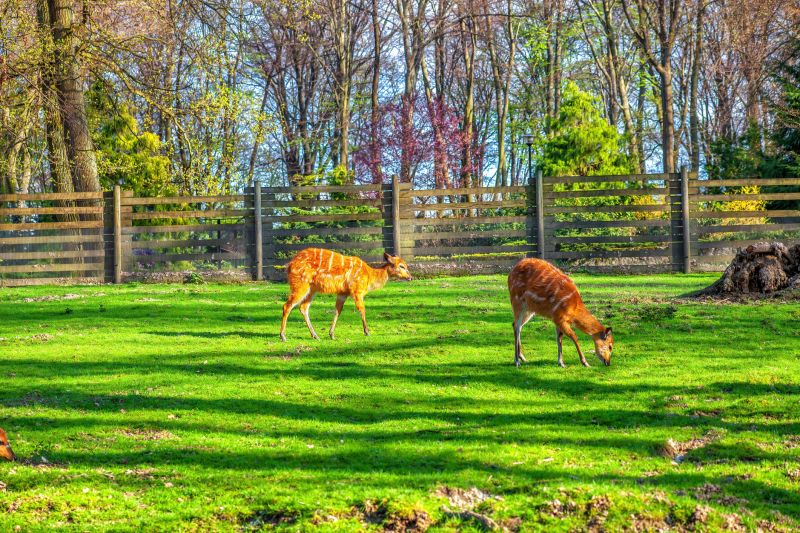
Early spring setup ensures protection during the growing season.

Summer offers a window before dense foliage develops.
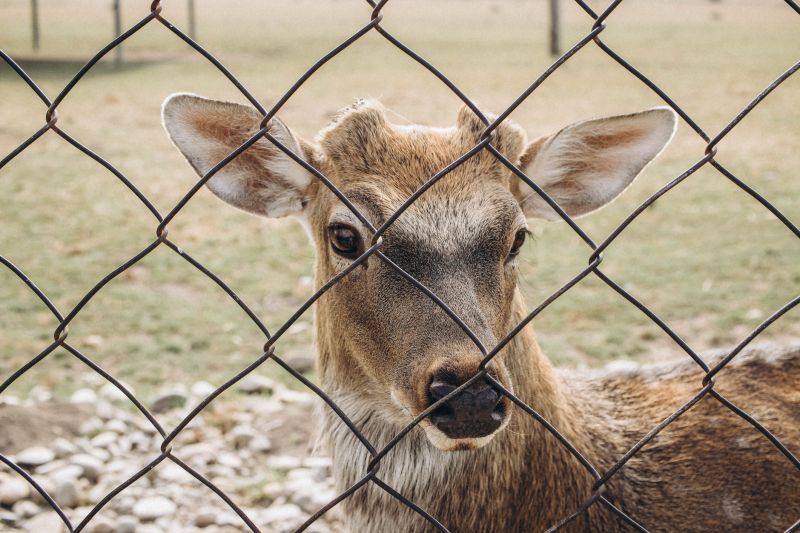
Fall aligns with increased deer activity and thinning vegetation.
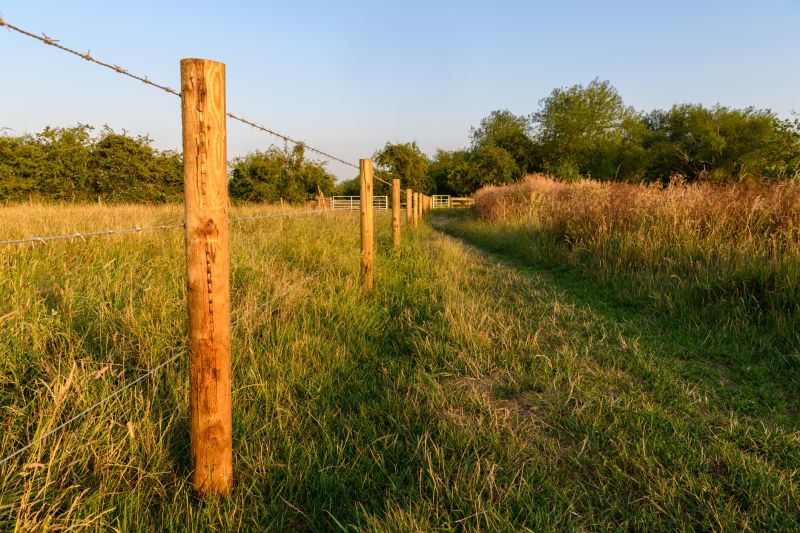
Ways to make Deer Fence Installations work in tight or awkward layouts.
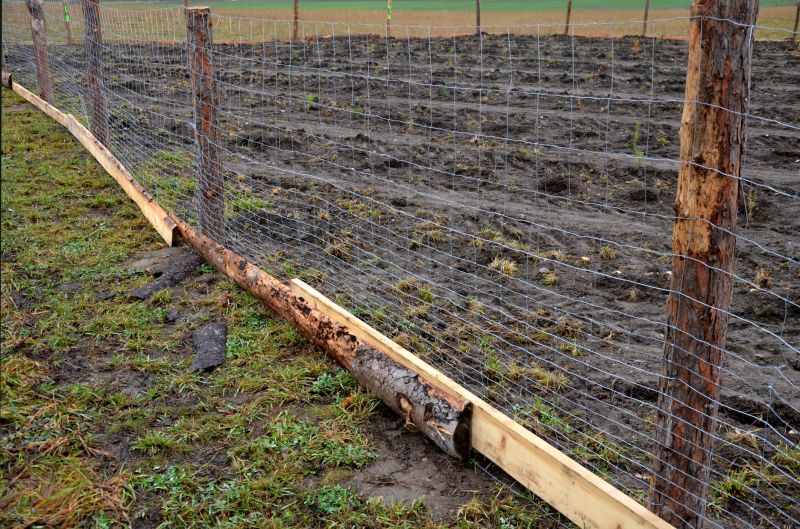
Popular materials for Deer Fence Installations and why they hold up over time.
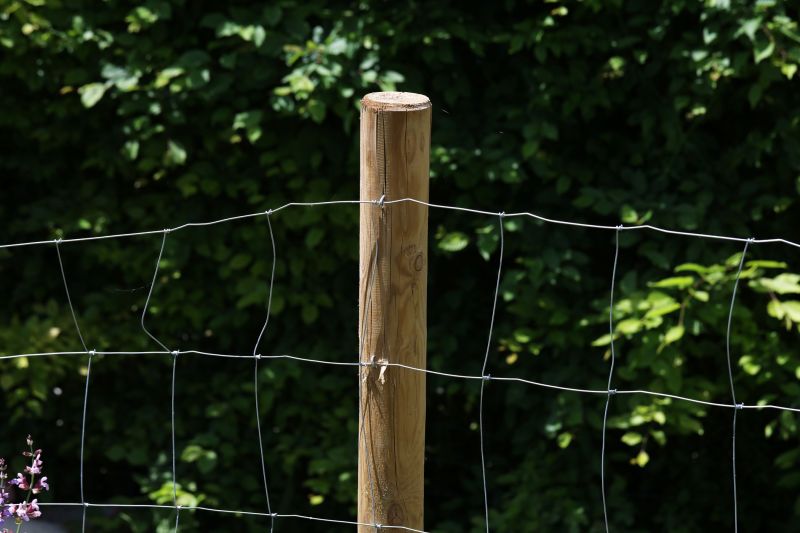
Simple add-ons that improve Deer Fence Installations without blowing the budget.
| Season | Advantages |
|---|---|
| Spring | Easier installation before dense foliage; prevents deer from establishing feeding paths. |
| Summer | Suitable in milder regions; provides protection during peak activity. |
| Fall | Optimal timing with high deer activity; prepares for winter. |
| Winter | Possible in milder climates; challenges include snow and frozen ground. |
Deer fence installations are a strategic measure to protect gardens, landscapes, and agricultural areas from deer damage. Proper timing enhances the durability and effectiveness of the fence, ensuring long-term protection. Installing during periods of high deer activity, such as fall, can maximize deterrence, while considering local climate conditions helps avoid installation delays or damage.

Properly installed fencing effectively deters deer from entering protected areas.
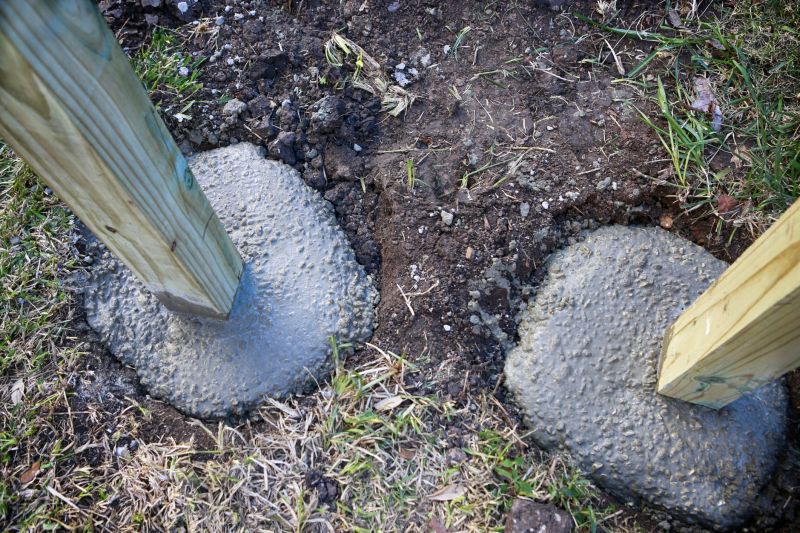
Installation involves setting posts and attaching fencing material securely.
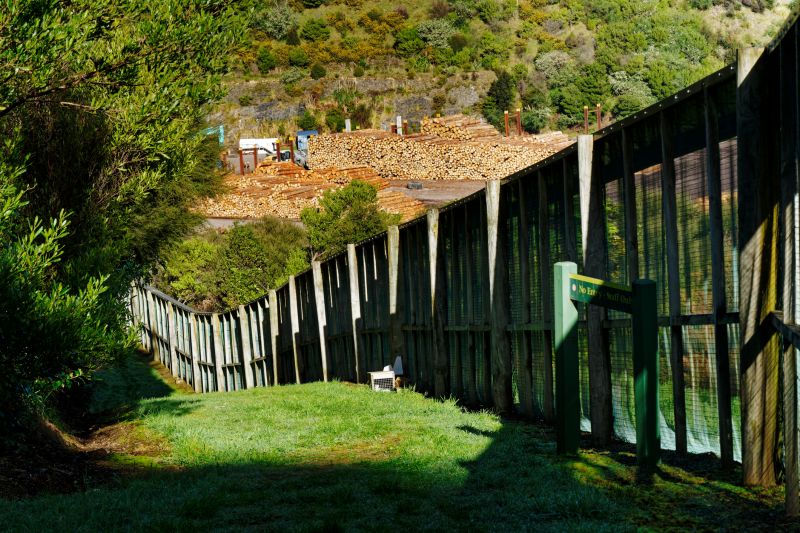
A completed fence provides long-lasting protection against deer intrusion.
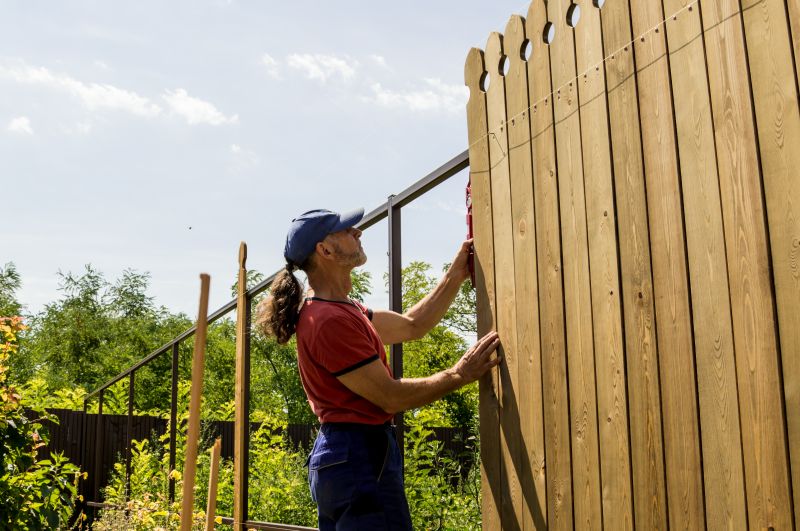
Regular checks ensure the fence remains effective throughout different seasons.
Interested in deer fence installations? Filling out the contact form can provide tailored information and scheduling options to suit specific needs and local conditions.
